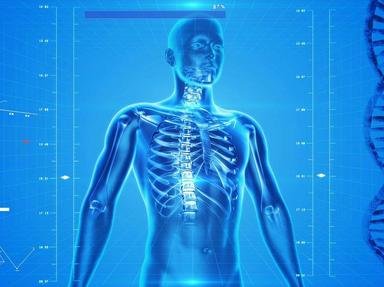Quiz Answer Key and Fun Facts
1. Area between the eyebrows
2. Area between the shoulder blades
3. Arm pit or underarm
4. Corners of the eye
5. Depression below the neck between the clavicles.
6. External part of the ear
7. Groove between the nose and upper lip
8. Lines on the inside of your wrist
9. Space at the back of the knee
10. White, crescent-shaped part of your fingernail
Source: Author
Billkozy
This quiz was reviewed by FunTrivia editor
rossian before going online.
Any errors found in FunTrivia content are routinely corrected through our feedback system.

